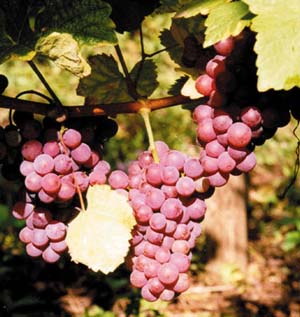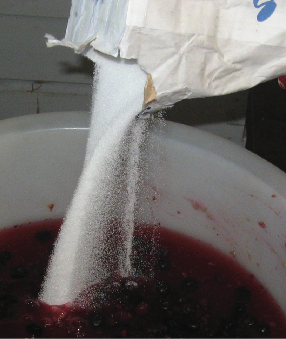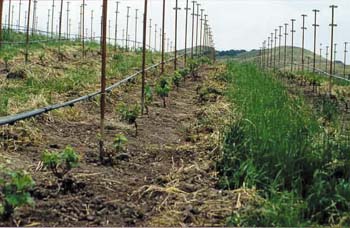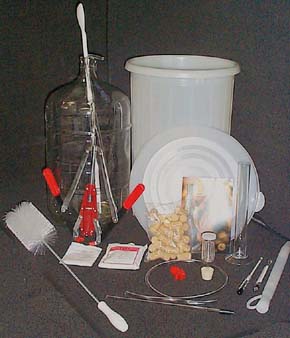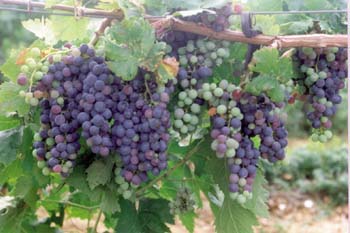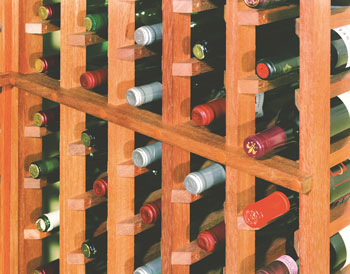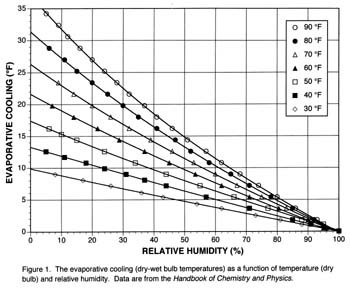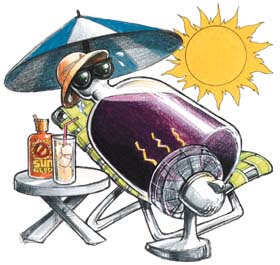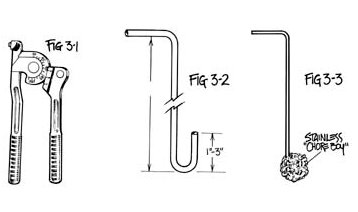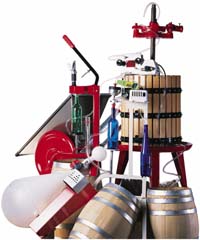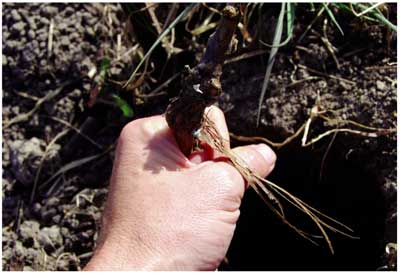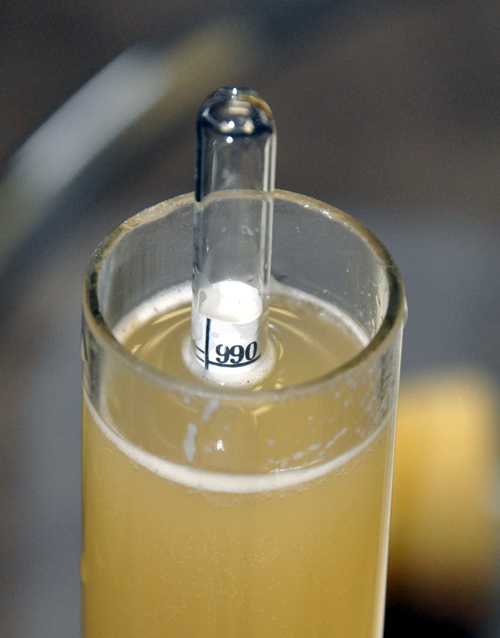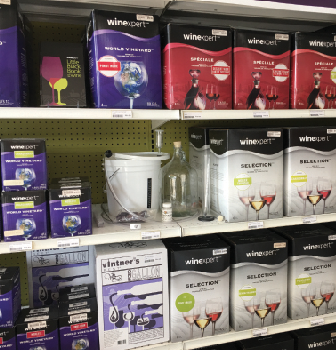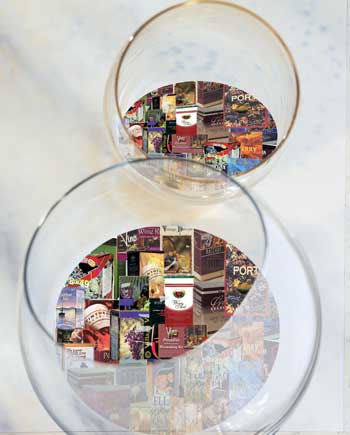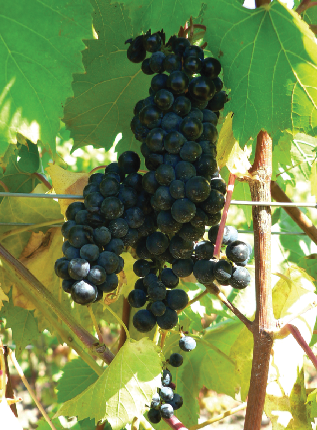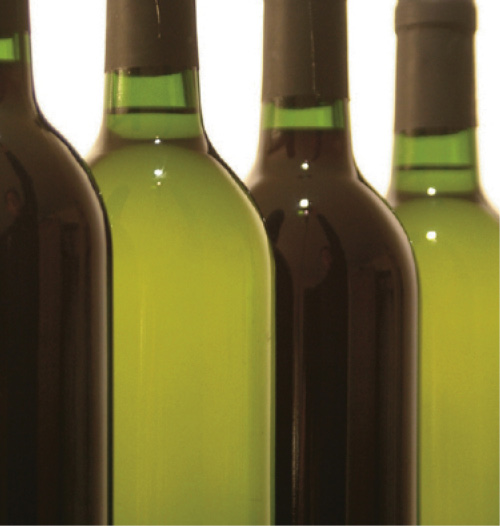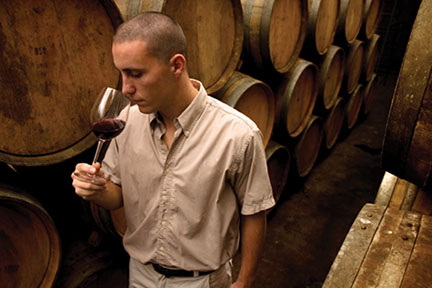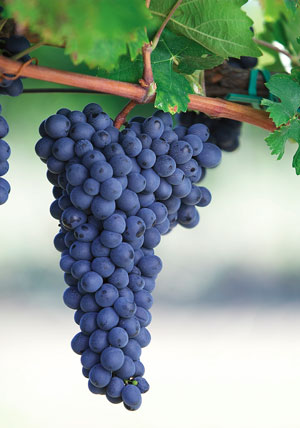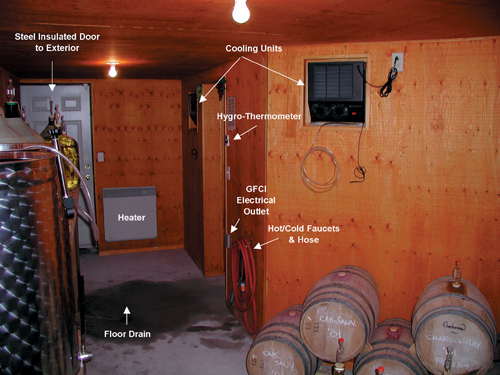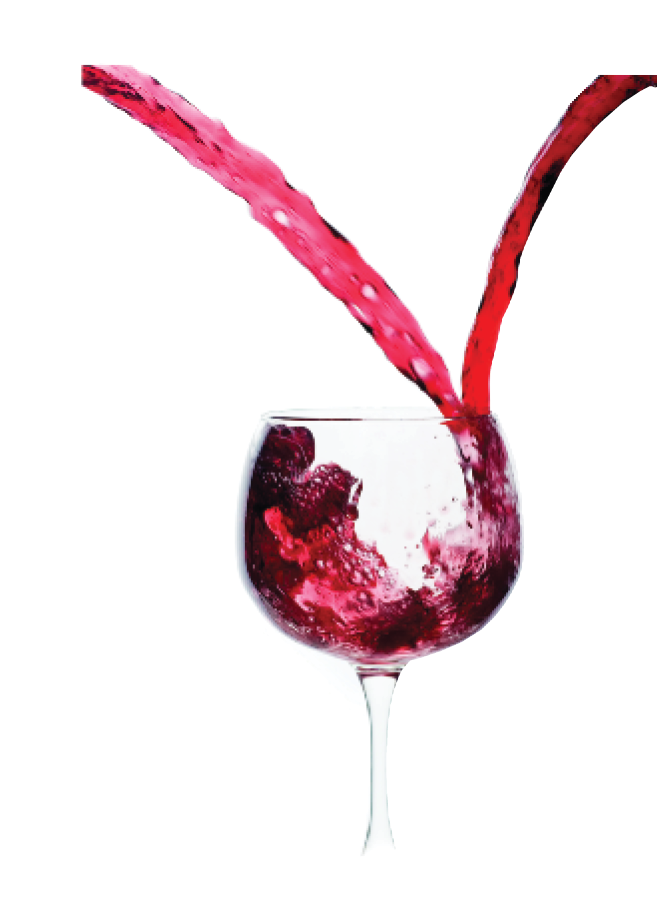Import Source: Joomla
Can I make a sulfite-free wine?
Wine Wizard replies: It is impossible to make a sulfite-free wine, because wine yeast produce sulfur dioxide (SO2) during the fermentation process. Wines with no added sulfite contain from 6 to 40
Gewurztraminer: Varietal Focus
Like the proverbial little girl with the curl, when it’s good, Gewürztraminer is very good; but when it’s bad, it’s awful. This noble white variety with the pinkish grapes can produce spectacular
How Sweet It Is: Chaptalization
Chaptalization — the practice of adding sugar prior to fermentation — has numerous benefits to wines with low sugar content. Chief among those is increasing the potential alcohol of the resulting wine, which can impact mouthfeel, help protect against spoilage, and more.
First-Year Vineyard Care
The first year of vine growth is meant to establish a strong and vigorous root system and build stores of nutrients to hasten growth in subsequent years. Learn how to ensure this happens in your home vineyard.
Gear Guide
In the old days of winemaking, equipment came in many shapes and sizes. An old pickle crock here, a discarded water jug there and maybe some whiskey barrels that fell off the
Grenache: Varietal Focus
In Spain, where many historians claim the variety originated, this versatile grape is called Garnacha. The rest of the world calls it Grenache … and home winemakers call it a great grape
It’s Lysozyme Time
Home winemakers have an important new resource in the ongoing battle against spoilage organisms — it’s called lysozyme. Discovered in the 1920s and used for decades in the pharmaceutical, dairy and cheese
Evaporative Cooling
The grapes and apples are picked, crushed and pressed. Everything is a go for fermentation. Except it’s too hot! You want a cool fermentation, around 60 °F (16 °C), but the coolest
Ice Your Wine! Hot Weather Tips
It was early August 1988. My mother lived near Temecula, California on a property with 100 Cabernet Sauvignon vines. My husband and I were bringing the small vineyard back to life after
Build 3 Winemaking Projects
Build a cart to roll your fermenter around easily, a stainless racking cane, and cap plonker.
Upgrade Your Home Winery
If you are like most home winemakers, you’ve been making great wines from concentrate and juice, and you also may have experimented with small batches of grapes. Now you want to increase
Dandy Dandelion Wine
Ah, spring! The trees come into leaf, plants bloom again and the green lawns are covered with … dandelions. Dandelions, whose scientific name is Taraxacum officinale, are a member of the aster
Planting Dormant Grapevines
Establishing a vineyard is an exciting and rewarding adventure. Like all of life’s challenges, your success or failure will be dictated by the amount of research, planning, effort and perseverance you exhibit
Measuring Residual Sugar
You are interested in your friend’s opinion on your most recent vintage — most likely a wine you have assessed to be your best ever. You meticulously withdraw a sample and pour
Picking the Right Wine Kit
The modern wine kit, with its gleaming plastic bag in a jazzy-looking box, didn’t start out as a miracle of modern technology. Arguably, the first wine kits were actually used in ancient
Picking the Right Wine Kit
The modern wine kit, with its gleaming plastic bag in a jazzy-looking box, didn’t start out as a miracle of modern technology. Arguably, the first wine kits were actually used in ancient
Marechal Foch
Marechal Foch, named after a famous French general in the First World War, has proven to be a worthwhile red grape variety for many colder regions of the world. Technically identified as
Bottling: Tips from the Pros
Winemaker: Greg Pollman started working at Fountain Wine Cellars in Cincinnati in 1974 and went to Sublette Winery in Cincinnati in the late 70s. He joined Valley Vineyards Estate Winery in Morrow, Ohio
Amplify Your Taste, Bud!
The wine tasting technique that I describe in this article was developed over the last fifteen years out of sheer frustration. As a wine sales representative, I’ve made hundreds of wine presentations
The ABCs of Making Z
In the early days of the California wine industry, growers found that Zinfandel was a good “workhorse” grape that did well in a variety of climates and that could, under hot and dry conditions, be forced to accrue a high concentration of sugar.
Building a Cool Cellar
I can still remember the days when my father served his wine straight from the “cellar.” It was really a cold room, which meant the temperature of the wine would follow our
The Joys of Blending
Blending different grape varieties to make a better finished wine is a bedrock practice in the commercial wine world — and one often overlooked by home winemakers. If they do it in
What can I do to improve the aroma of my mead?
Dear Wine Wizard, I have been making mead for a few years. I love the clover and honey accents in it. Most people who have tried it like the taste, but they
Should I boil or soak my corks prior to bottling?
The Wine Wizard replies: In the home winemaking world there is quite a bit of debate on how to treat corks before they’re fed into the hand corker and forced down the
What can I do to prevent my recurring problem of excess CO2 in my wines?
Unless you artificially carbonate your still wines by kegging them, there is only one possible source of carbon dioxide in wines — microbes, specifically little bacteria and yeastie beasties that love to
